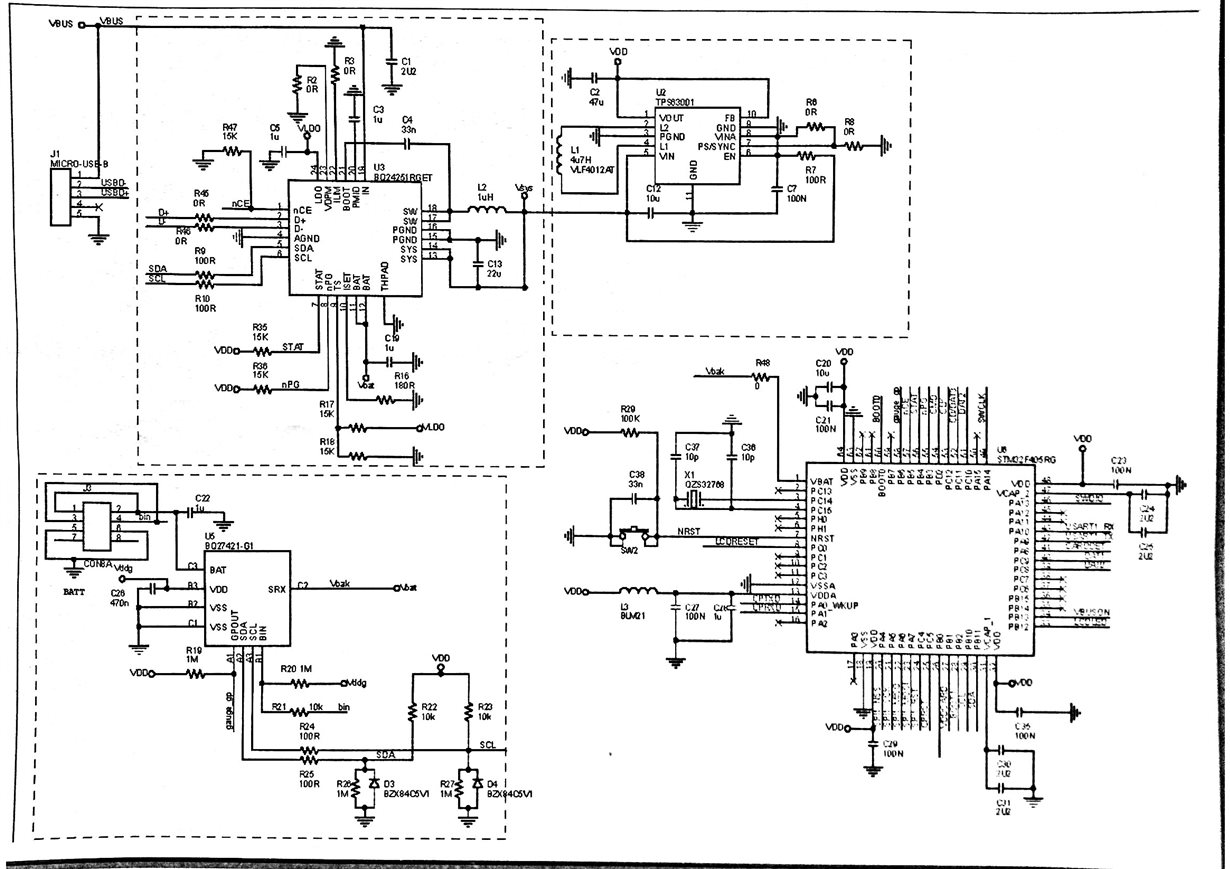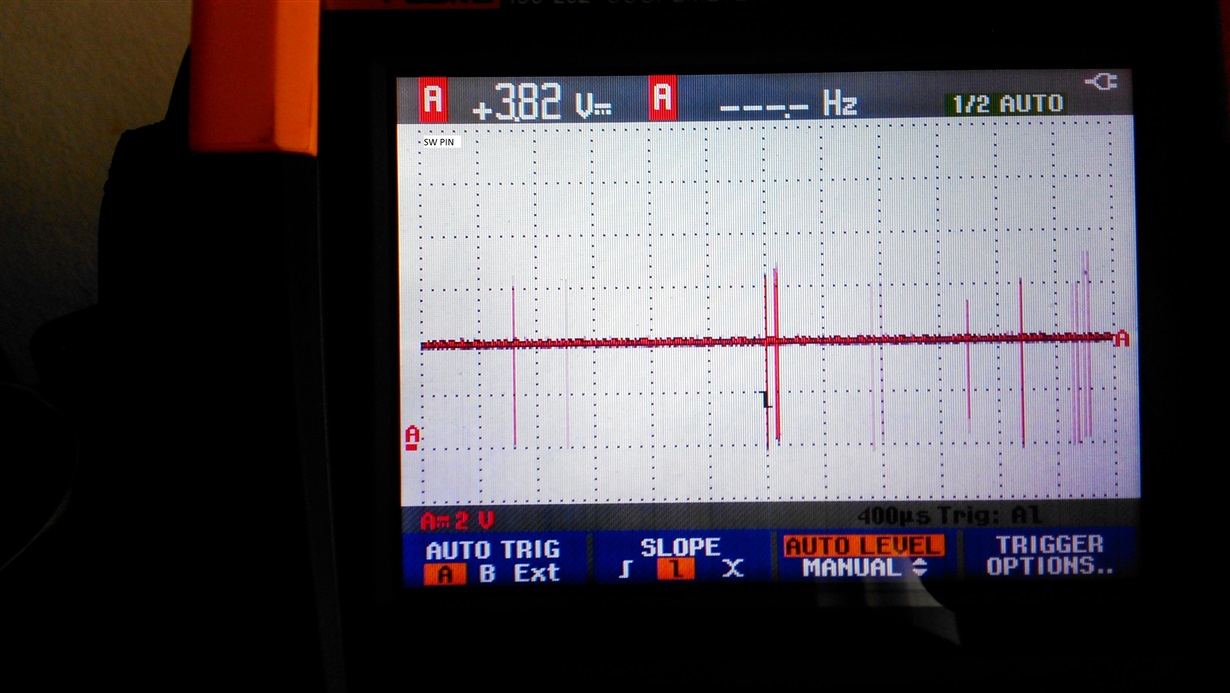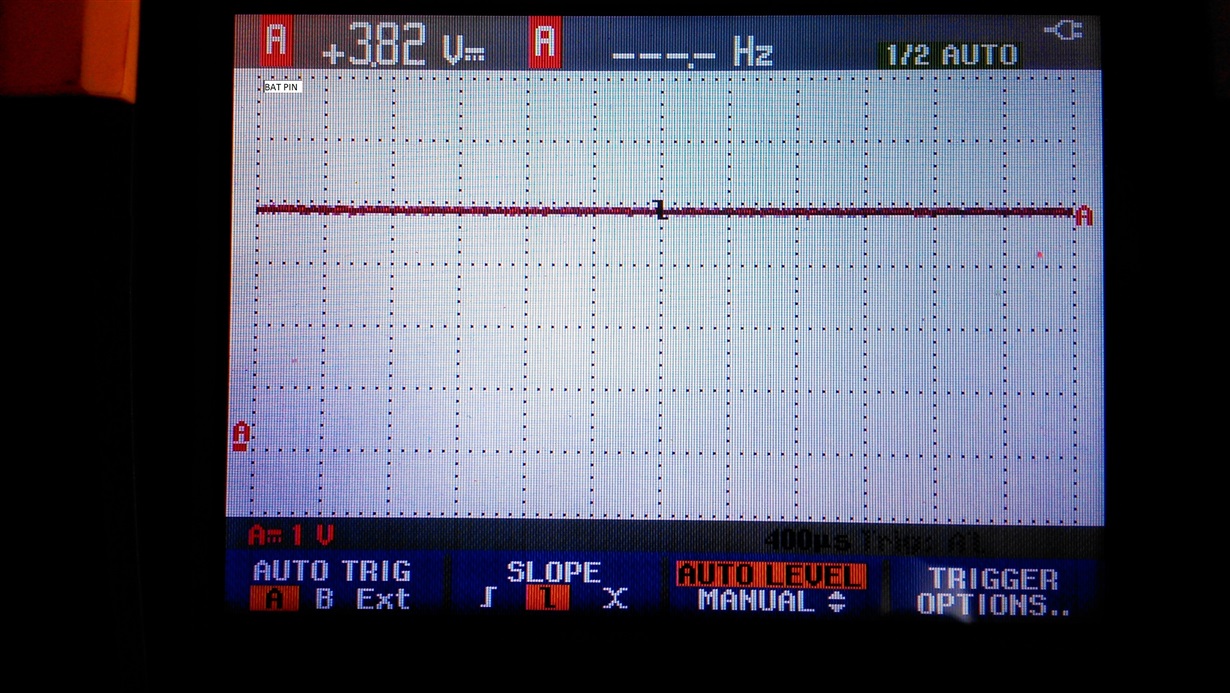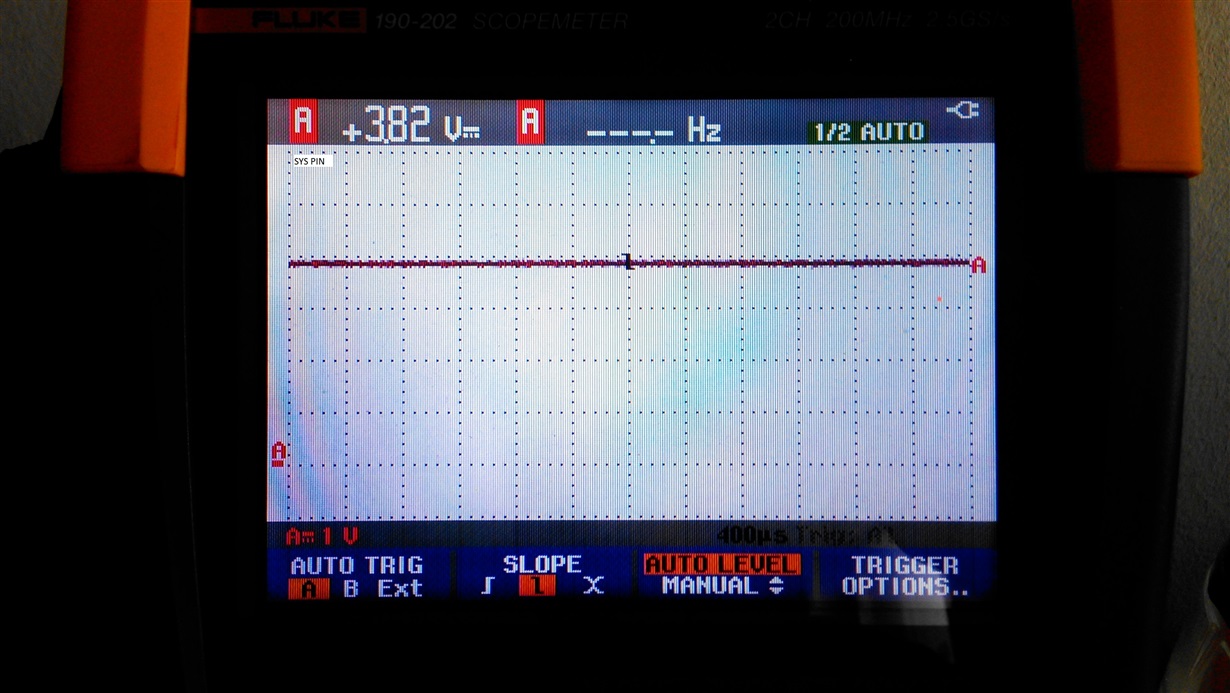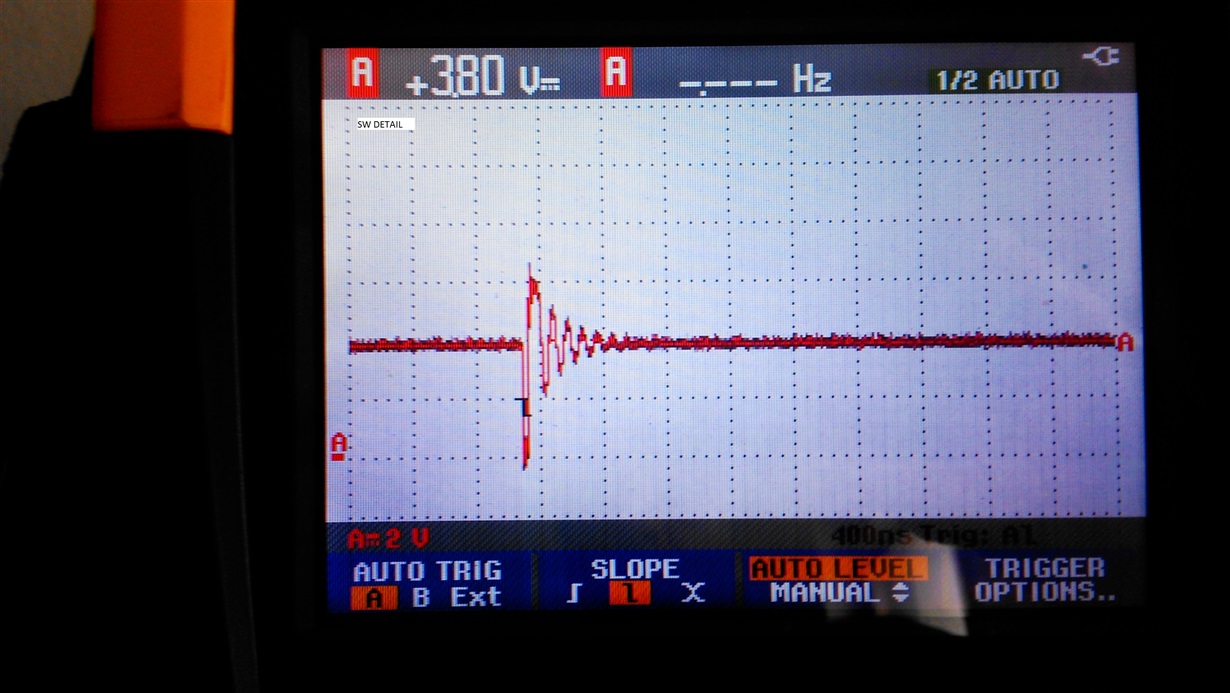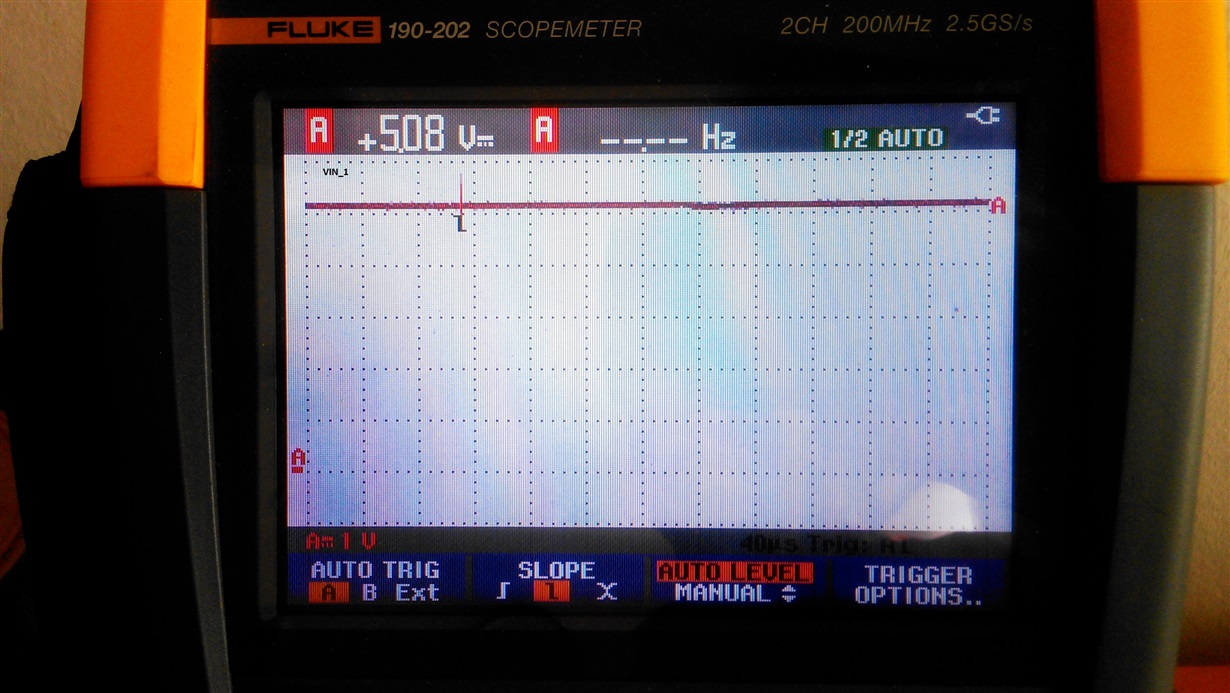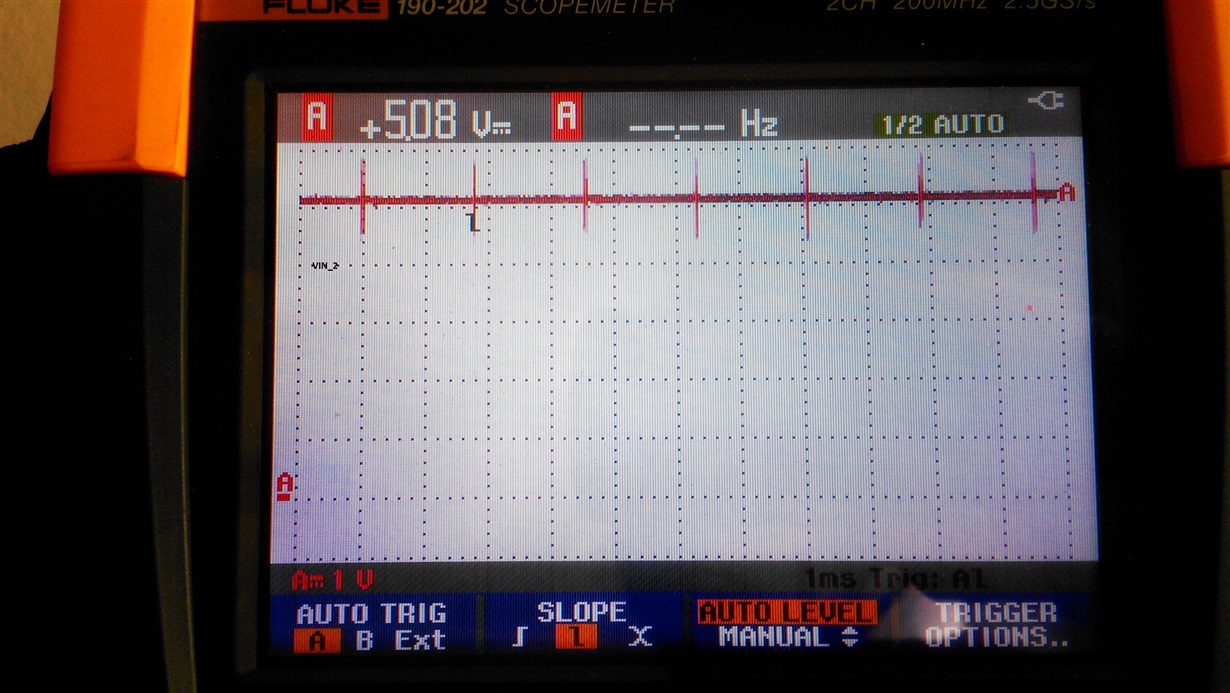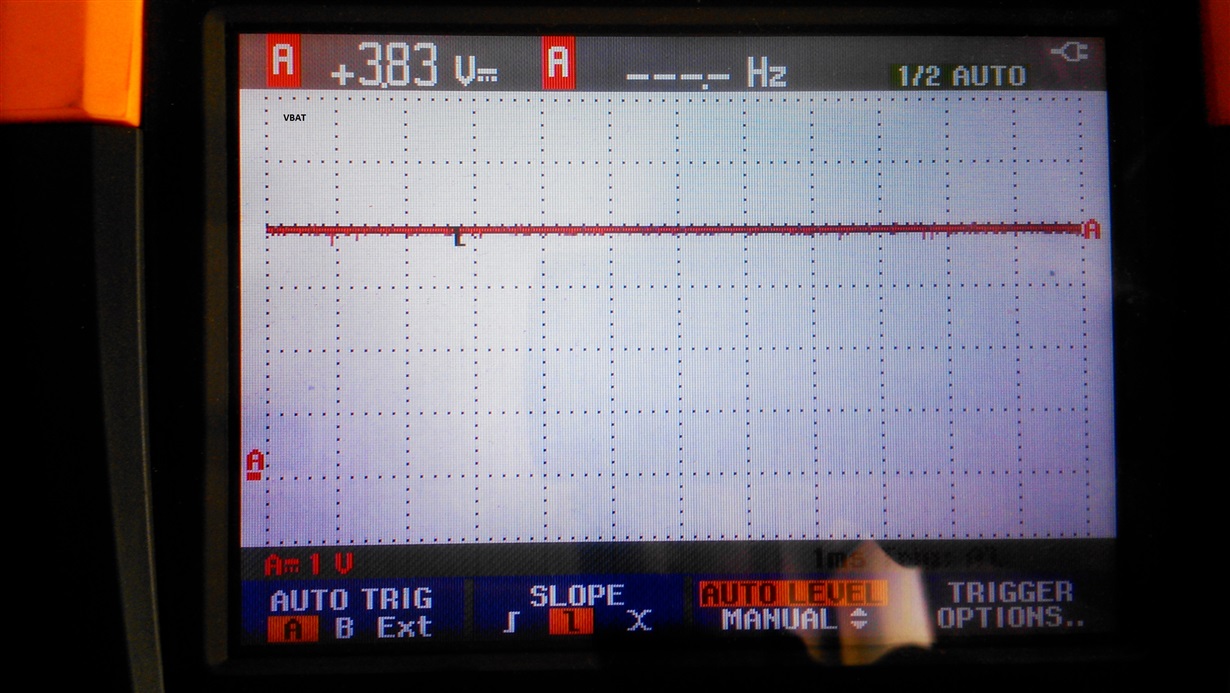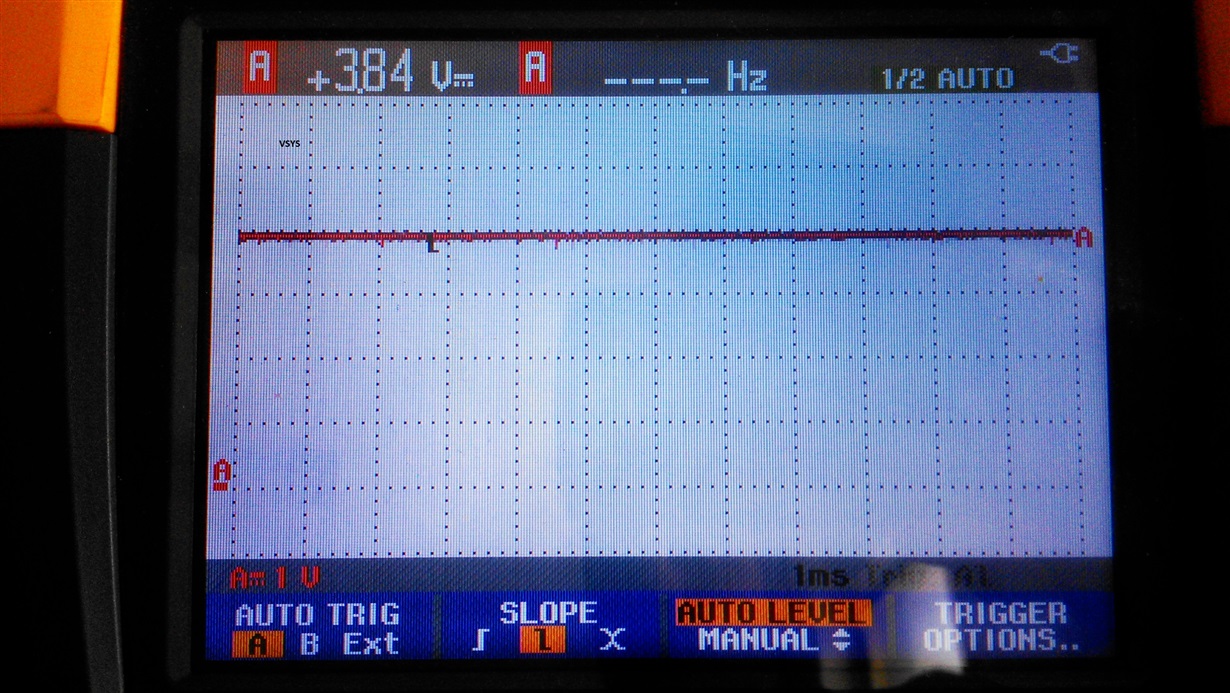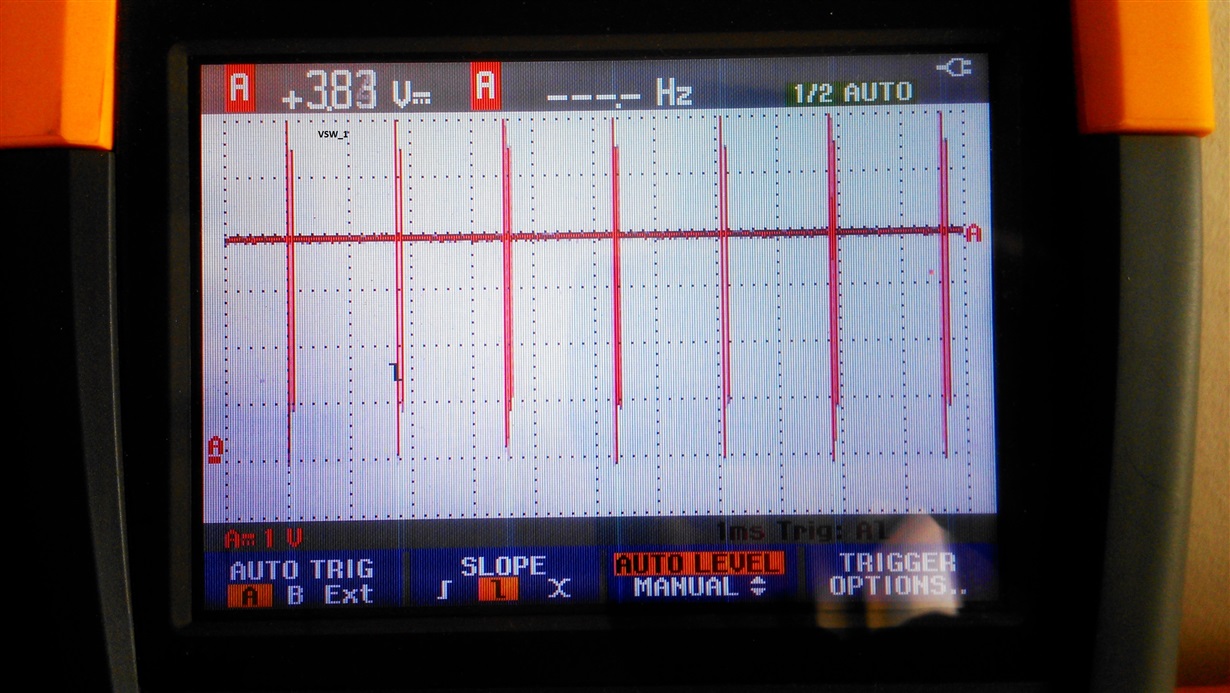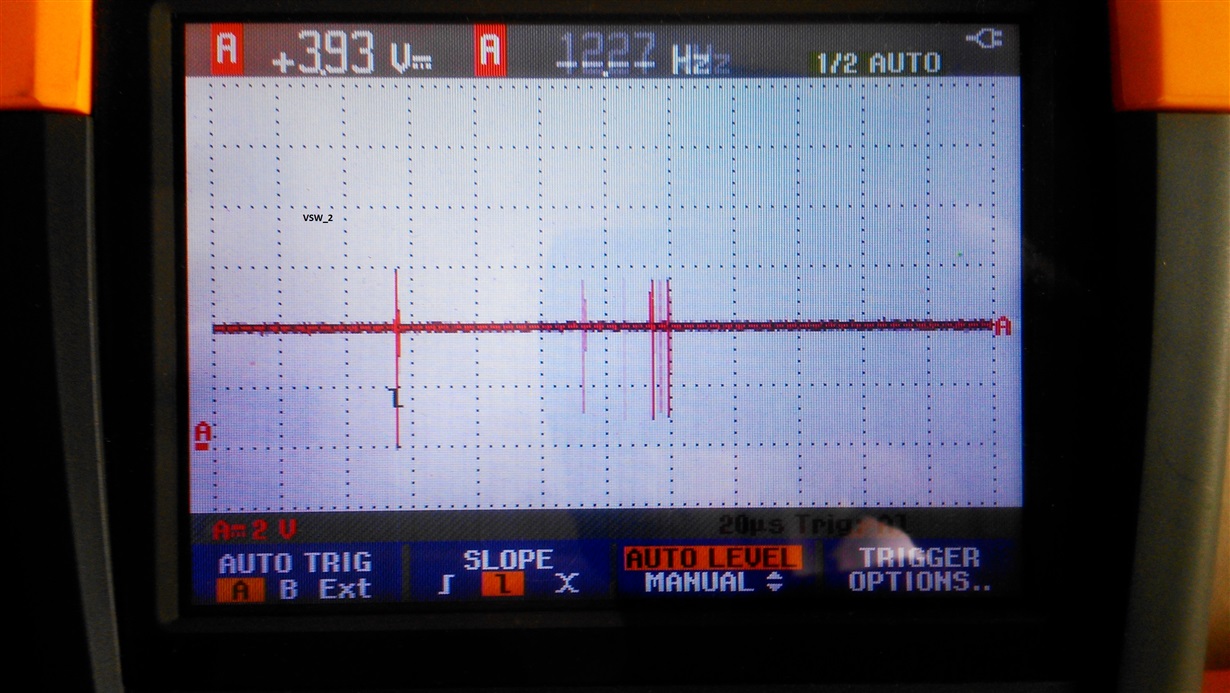Hello,
I am using a bq24251 ic in a system which i will describe below (i know it is not recommended for new designs, but unfortunately this is what the costumer has/wants):
-The system is powered from a LiPo battery - kokam SLPB526495, with protection circuit (tried one without the protection circuit, same results)
- current consumptiopn is 20mA ( know it is overkill with a 3300mAh battery, but it will have a loooong standby)
-Charging is done with a dedicated charger (5V, 2,1A and D+ and D- shorted together). It will be necessary to work with a PC USB connection, too(5v, 500mA) but for the moment I will be happy to make it work with the dedicated charger.
-between the battery and Vbat pin of BQ24251 I use a BQ27421-G1 fuel gauge (i2c connected)
-board processor is STM32F405
-another i2c slave is a LCD MCCOG420005A6W
-BQ24251 Vsys is connected to one TPS63001 buck-boost to output 3,3V. (It has a 10u capacitor on input)
BQ24251 setup
- ILIM and VDPM shorted to ground
- ISET to GND with 180ohm resistor
- inductor used is 1uH COILCRAFT 1812PS-102JLC (farnell code 2287053, for more info)
- capacitor used as recommended by datasheet (22u on Vsys, 33n between BOOT and SW, 1u on PMID, 1u on LDO, 1u on VBAT)
- TS pin is 50% VLDO (divider made by to two 15k resistor on LDO to GND)
I have tried to start it in standalone mode, it didn't work. It doesn't start charging. So I went in host mode. After many iteration I got up to this:
- I connect the battery (3,8V)
- I write the registry with the following data 0x40 0x6C 0x8C 0xF8 0x00 0xA8 0xE0
- Once every 30 seconds I write the registry with the same data as above. I know it would be enough to write just de WD_EN from REG1 (adress0x00), but just to be sure...
- I wait 10 sec (just not to hurry things)
- I connect the charger
- I activate the DPDM_EN - B4 from REG 5 (address 0x04)
- I read the registry : 0x50 0xEC 0x8C 0xF8 0x10 0xA8 0xE0
- I wait a few seconds for de D+/D- detection to finish
- I read the registry again : 0x50 0xEC 0x8C 0xF8 0x00 0xA8 0xE0
Now it says it is in charging mode, but there is no current flowing into the battery. The load is powered only by the battery. Form the charger it is drown only 3mA.
The SW pin folows the Vbat (it should be +100mV). It shows spikes with a frequency of 240-250 Hz, increasing sporadically to 500Hz.
Vsys is equal to Vbat.
When the battery is more discharged (3,6V ), if I connect a load of aprox. 4 ohms, the consumption goes to almost 900mA. Then the charger start to kick in (freq on Vsw is 3MHz, now), and the 900mA are drown from the charger instead the battery. If I remove the load, the battery goes into charging with a little more than 1A.
If the battery is 3,8V the charger never kicks in (maybe if the voltage drops below 3,5 -3,6 but I don't have the patience to wait that long, and besides it is not ok).
The Power Good pin is oscillating when the 5V IN is applied.
It seems like the actual charging is started only if the battery is below 3,5V, which is not good at all, and not as it say in the datasheet (the fig 15 and 16 shows a something else). The Vsys should be a little higher then Vbat (at least 30mV in BATREG and 100mV in SYSREG).
The bottom line, when I connect the 5V on Vin, PG pin is oscillating instead of going low (5V output does not have any ripple, does not goes low, nothing visible on oscilloscope, and can give a little more then 3A), the BQ24251 says it is in charging mode, but the actual charging never happens.
If anyone can help me with any idea, it would be great, because I ended all of mine. I checked the board and it does not have errors, it is done as it is said in the datasheet it should be. Maybe it is something obvious or I missed something int the datasheet, but now I am in a loop - checkin regs, writing regs, measuring board - so I am stuck
Thank you


